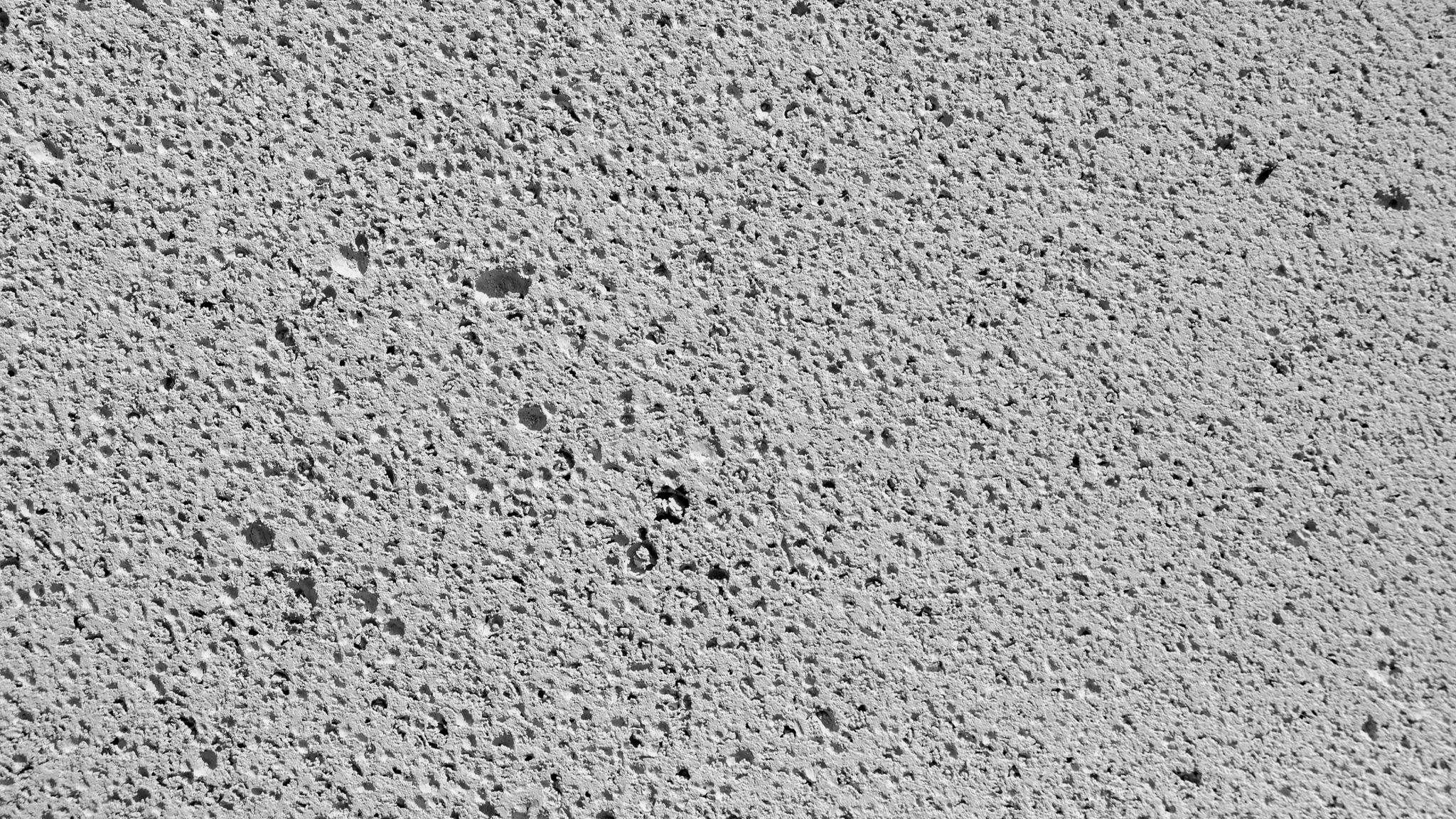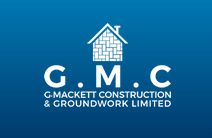Our experienced construction professionals have significant experience in the remediation and repair of all concrete structures, including those made with RAAC; as recently highlighted, many buildings, including Schools, Contain RAAC often, this can be simply monitored to ensure the RAAC is not in a state of deterioration.
G Mackett Construction & Groundwork Ltd offer a range of repairs to RAAC structures. All repairs must be carried out according to a structural surveyor’s report; contact us to learn more.
What is RAAC?
Reinforced Autoclaved Aerated Concrete (RAAC) is a lightweight form of reinforced concrete with a cellular structure that distinguishes it structurally and physically from traditional, higher-density concretes.
Though categorized as concrete, RAAC’s cellular construction forms during the curing process, wherein foaming gases create a honeycomb-like structure through a chemical reaction. These resulting precast planks undergo heat and pressure treatment (Autoclaved) to enhance their strength. This manufacturing process is cost-effective and yields an exceptionally lightweight building material that boasts thermal efficiency and fire resistance. However, RAAC has notably lower structural capacity compared to most structural-grade concretes, rendering it vulnerable to fractures or complete failure over time.
Where is it typically found?
RAAC was commonly employed in public sector buildings, particularly schools and colleges, between the 1950s and 1990s.
It found application in various building components, including flat or pitched roof structural decking, support for floor and wall constructions, and eaves designs.
What are the associated risks?
In September 2022, the Office of Government Property issued a ‘Safety Briefing Notice’ to all Property Leaders, highlighting the hazards of RAAC and affirming that “RAAC is now life-expired and liable to collapse.”
The challenges and associated risks include:
- Moisture and water absorption: RAAC’s high porosity makes it prone to moisture absorption, leading to issues like mould growth, deterioration, and reduced insulation properties.
- Structural integrity: Its lightweight nature means that factors like moisture, exposure to high temperatures, and impacts can affect its structural integrity.
- Durability: RAAC is susceptible to cracking and surface damage if not installed correctly.
- Fire resistance: While generally fire-resistant, RAAC’s fire resistance properties can vary based on thickness, reinforcement presence, and other factors.
Visual deterioration has been considered a precursor to RAAC failures for some time. However, more recent experiences have shown sudden roof failures without warning signs. This implies that the problems and risks associated with RAAC may be more severe than previously thought, especially when many building owners are unaware of its presence.
How to identify it?
RAAC’S distinctive appearance and properties make it relatively simple to identify. It possesses a porous structure with a cellular or honeycomb-like appearance, visible when cut or broken. RAAC surfaces are typically rough or textured, often with visible holes or pores. Precast RAAC planks typically have chamfered edges, making them easy to identify.
Warning signs
If you are concerned about the performance or safety of a RAAC structure, watch out for these warning signs:
- Cracking: Cracks in RAAC may indicate stress or damage to the structure.
- Water damage: Moisture penetration can weaken RAAC, leading to discolouration, staining, or softening.
- Deterioration: Over time, RAAC may deteriorate, resulting in flaking, spalling, or crumbling.
- Corrosion: Reinforced RAAC structures may experience steel reinforcement corrosion, weakening the structure.
- Structural movement: Significant movement may indicate underlying foundation or support structure issues.
Consult a qualified professional for assessment and remediation recommendations if you observe any warning signs. Proper maintenance and monitoring can ensure the long-term performance and safety of RAAC structures.


